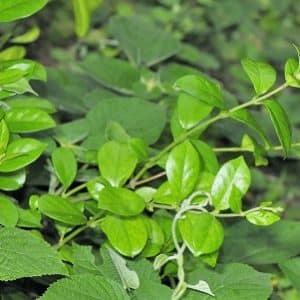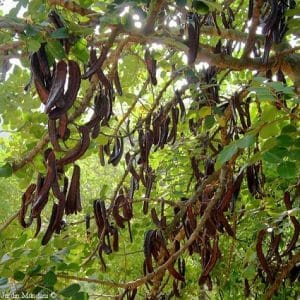Wild lettuce contains a resinous milky sap, which contains a small amount of pain-relieving opiates. When this substance is collected and dried, it is called lactucarium. The main active compounds of lactucarium are called lactupicrin, lactucin and lactucopicrin, and have been found to have analgesic activity equal or greater to that of ibuprofen in mice. Lactucin and lactucopicrin were also found to have sedative activity in measurements of spontaneous movements of the mice.
In the 1800s, wild lettuce was considered a substitute for opium and was sometimes called Poor Man s Opium . The Hopi Indians smoked the sap to induce a mild euphoric dream state. Even today, in France, water distilled from wild lettuce is used as a mild sedative.
Wild lettuce can help calm restlessness, anxiety, severe nervous disorders and hyperactivity. It can help with joint and muscle pain and may also ease painful periods.
As a bitter, wild lettuce stimulates the flow of digestive secretions. It is soothing to inflamed mucous membranes, making it effective in easing bronchitis, asthma and dry, irritating coughs by helping to loosen and expel phlegm.
In the eighteenth century, new mothers also used wild lettuce to promote lactation. Because of its safety of use and calming effects, it is a good remedy for children and the elderly. However, wild lettuce is contraindicated for individuals with glaucoma and prostate enlargement.




